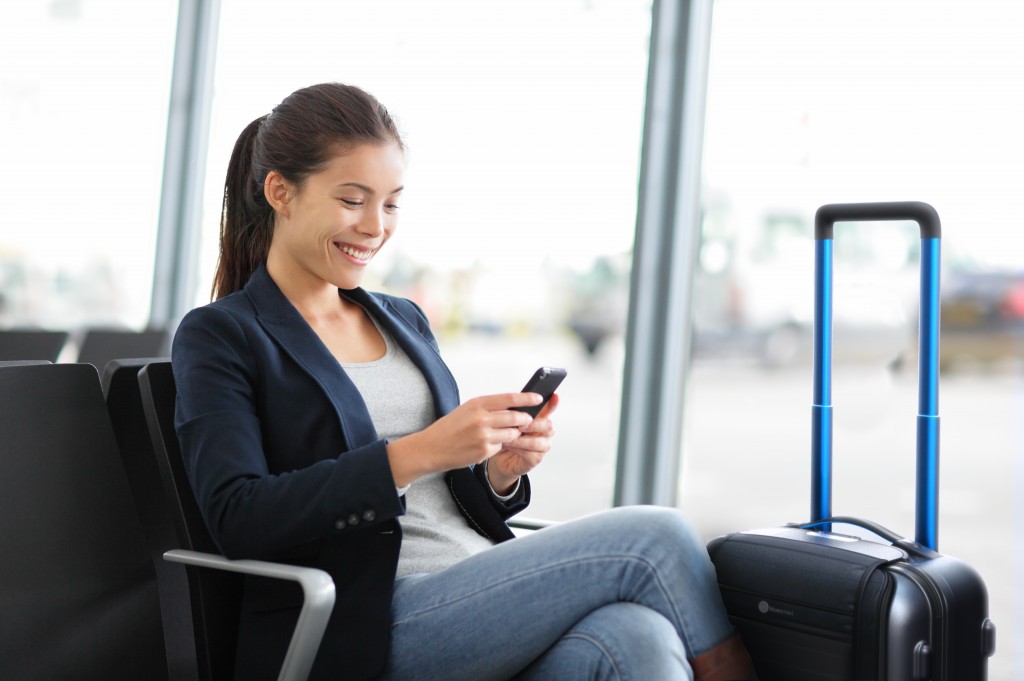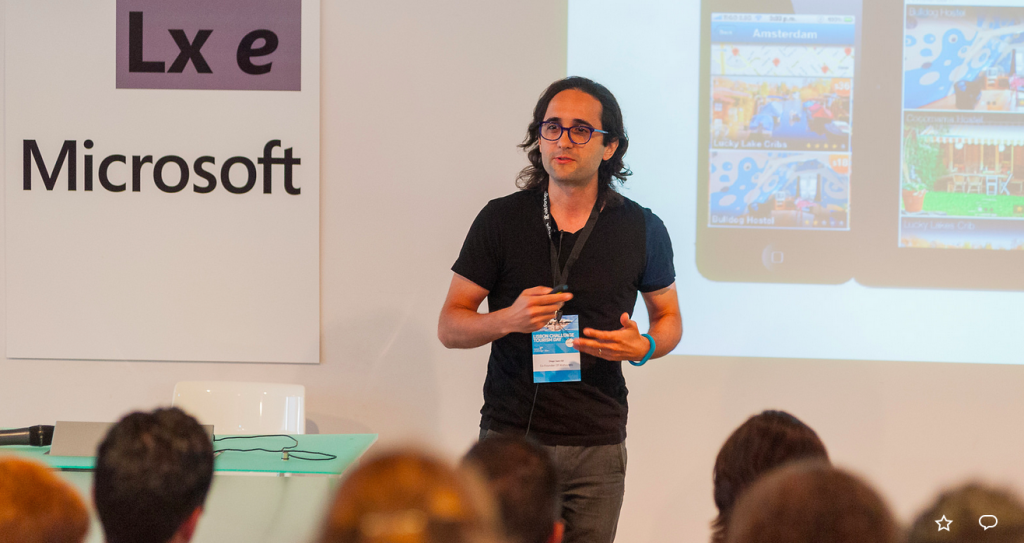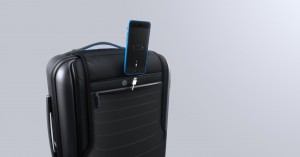
EspañolThe project is called Bluesmart, and it may be one of the foremost technological inventions of the last few years. It is an intelligent suitcase, developed by a small group of Argentinean entrepreneurs and patented in the United States.
Bluesmart is an invention that seeks to revolutionize what the suitcase has to offer, a product without major advances since the 19th century.
Among the characteristics that this suitcase boasts are a GPS locator, a battery to charge mobile phones, a self-weighing scale, and the capacity to close and open via cellphone. The suitcase also notifies its owner when it goes away from the planned journey, reducing the risk of lost luggage.
The inventors launched a crowdfunding campaign on October 20, and they have already raised more than three times the expected figure — US$150,000 in just the first 24 hours, and now at $664,000. On the crowdfunding website, Indiegogo, the offered presales of the innovation start at $235.
Geek Entrepreneurs
The brains behind the idea are geeks, entrepreneurs, tech-lovers, travelers, and active seekers of business opportunities: Martin Diz from La Patagonia and an aerospace-engineering PhD student in New York; Toni Pierucci of Buenos Aires, a resident of Hong Kong and experienced entrepreneur; Alejo Verline, also from Buenos Aires and founder of the design agency NSNC; and finally, Diego Saez-Gil, born in a small city in the north of Argentina, where he studied electromechanical engineering and always dreamed of travel around the world. Eventually, he arrived in the Big Apple of New York.
Saez-Gil believes that technology and entrepreneurship are “the way to develop humanity to the next level.” He is a consultant for other startups and NGOs and the founder of WeHostels, a mobile-tech firm focused on young people (later sold to Student Universe, the top online travel agency for students).
Saez-Gil has achieved the distinction of being a “high-impact entrepreneur,” as denoted by Endeavor Global, and a person to watch under 35 years by Forbes Argentina. He sat down with with the PanAm Post to share the challenges and qualities of this particular invention.

Who was the first one with the idea, and for how long have you been working in its development?
The idea came up in the middle of a conversation during a coffee meeting with Tomi Pierucci… I had lost a suitcase between New York and Argentina … he was very aware of that problem, and Tomi had experience building physical products.
It was at that moment that the idea was born. We drew a prototype on a napkin, and that was the beginning. That was more than a year ago.
How did the team meet?
Friends, workplaces, and even family in common (Martin is a cousin of Alejo’s girlfriend). We all share the same passion for travel and technology.
How was the experience of crowdfounding with Indiegogo, a collective-financing system? Are you optimistic regarding crowdfunding?
It is fantastic. Your future clients are at the same time your investors, a perfect alignment of interests! I think that is revolutionary and very empowering. It eliminates the gatekeepers and is a available for everyone. You have to prepare yourself for success, but the possibilities are infinite.
The GPS in the suitcase does not interfere with the navigation system of the plane? Were there attempts to regulate the GPS?
No, everything is according to airline rules. In addition, you can turn off the luggage with your cellphone if needed.
Is there any possibility of hacking the app to open the luggage?
Is the product available to the public? If not, when is it going to be available?
Not yet, just via Indiegogo. In mid 2015 we are going to release it into the market.
Are you going to create just one size? What parts of the luggage can be customized?
For the moment, we are just going to produce one model (Like Ford with model T). Afterwards, we are thinking of more products. There is a customized version in which we write your name on the titanium badge in the upper part of the luggage.
What was the biggest obstacle to the start of your business?
Getting the right partners in Asia for manufacturing was not easy. We visited more than 25 factories and companies until we met the ideal partners.
How do you view the level of entrepreneurship in Argentina and the region?
Argentina always produces a lot of entrepreneurs. Latin America in general increasingly does. There are many challenges when you start a business in the region, but there are also many opportunities. The difficulties must strengthen us and make us more creative. It can be done.
Translated by Adriana Peralta. Edited by Fergus Hodgson.
 Versión Español
Versión Español













